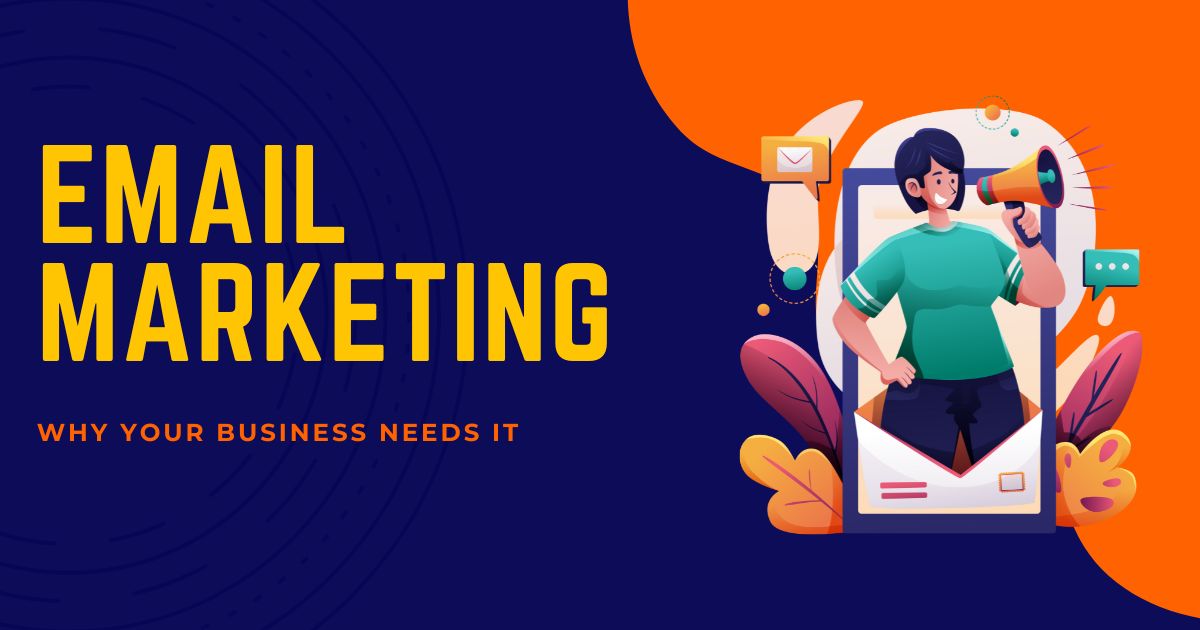
Email marketing is one of the most effective marketing tools in a marketer’s toolbox. It’s a cost-efficient means to speak directly to people, to create and maintain relationships, and to drive easily measurable results. But what is email marketing, how does email marketing work, and perhaps more importantly, why is it essential for businesses in 2025?
What Is Email Marketing?
Email marketing is, at its essence, using email to send a message to your potential customers. The objective varies; it could be to sell a service or product, to engage or share meaningful content, or to foster a relationship with your customer.
If you want to have a direct way to reach an audience in their inbox, you can opt for email marketing. Your emails arrive in an inbox, not a manic social media space of posts all fighting for the limelight as they’re used to now. It’s personal, it’s direct, and it works.
Key Components of Email Marketing
To better understand email marketing, here are its main elements:
- Email List: A curated list of contacts who have opted in to receive communications from you. These could be customers, leads, or subscribers.
- Campaigns: Specific emails sent to your list. Campaigns can be promotional, educational, or focused on relationship-building.
- Automation Tools: Platforms like Mailchimp, HubSpot, or Klaviyo allow marketers to schedule emails, personalize messaging, and analyze results for continuous improvement.
Why Is Email Marketing Important?
Email marketing remains one of the most reliable and profitable marketing methods. Here’s why businesses can’t afford to ignore it:
1. High Return on Investment (ROI)
Email marketing is incredibly cost-effective. According to Litmus’ 2021 report, businesses earn $36 for every $1 spent on email marketing. It consistently outperforms other digital channels, including social media and paid search.
2. Direct and Personalized Communication
Unlike generic ads or posts, email marketing enables businesses to send tailored messages directly to their audience. Personalization, driven by data like customer behavior or purchase history, can significantly improve engagement.
For example:
- Greet your subscribers by their first names.
- Share product recommendations based on past purchases.
These small touches can make subscribers feel valued.
3. Improved Customer Retention
Email marketing lets brands nurture relationships over time. Newsletters, special offers, or even a simple “thank you” email can keep your business at the forefront of your customers’ minds.
4. Scalable for Any Business
Whether you’re a small business or a global company, email marketing scales effortlessly. Automation allows businesses of all sizes to manage thousands of contacts without requiring substantial resources.
What Are Email Marketing Campaigns?
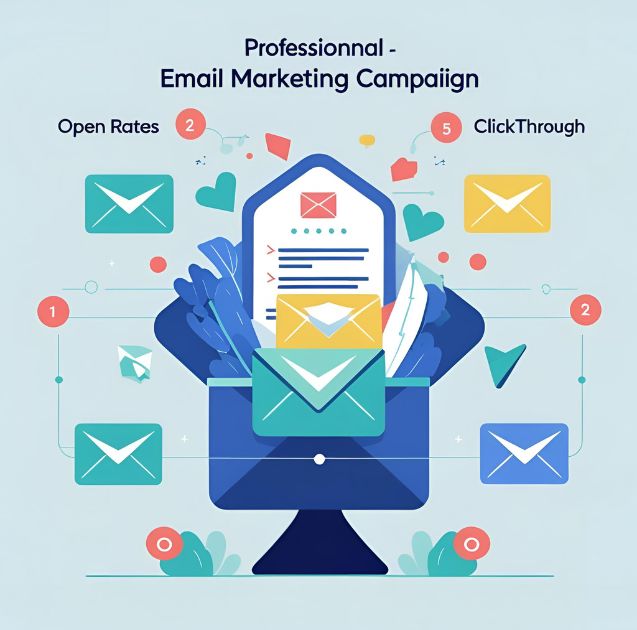
Email campaigns are the building blocks of any successful email marketing strategy. They can serve various purposes, including:
1. Promotional Emails
- Purpose: Drive sales of products or services.
- Example: Limited-time offers or product launch announcements.
Example Subject Line: “Last Chance! 50% Off Ends Tonight”
2. Welcome Emails
- Purpose: Greet individuals who have signed up or made their first purchase.
- Example: Introduce your brand and provide an exclusive first-time discount.
Example Subject Line: “Welcome to [Brand Name] + An Exclusive Offer Inside”
3. Newsletters
- Purpose: Share valuable content or updates about your business.
- Example: Industry news, blog posts, or company milestones.
Example Subject Line: “Top Productivity Tips You Need to Know”
4. Abandoned Cart Emails
- Purpose: Remind customers to complete their purchases.
- Example: Highlight items left in a cart and offer incentives to check out.
Example Subject Line: “Still Thinking About It? Your Cart Awaits!”
5. Re-engagement Emails
- Purpose: Win back inactive subscribers or customers.
- Example: Offer a discount or incentive to encourage engagement.
Example Subject Line: “We Miss You! Here’s 15% Off to Welcome You Back”
How to Get Started With Email Marketing
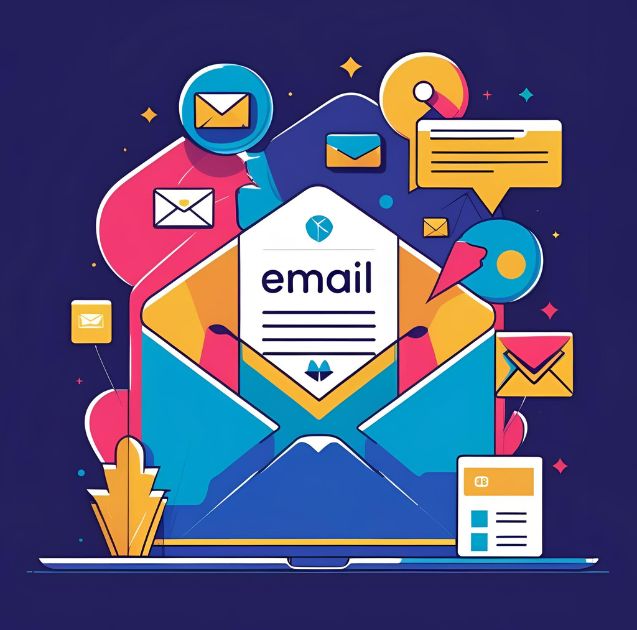
If you’re new to email marketing, setting up your first campaign may seem overwhelming. Follow these steps to build your strategy:
1. Build an Email List
Start by creating a list of subscribers. Here are some ways to grow your list:
- Add a sign-up form to your website’s homepage.
- Offer an incentive, like discounts or exclusive content, in exchange for email addresses.
- Use social media to promote newsletter sign-ups.
Pro Tip: Always prioritize permission-based marketing. Ensure your subscribers explicitly opt-in to receive emails to maintain compliance with privacy laws like GDPR and CAN-SPAM.
2. Choose the Right Email Marketing Platform
Platforms like Mailchimp, Constant Contact, and ActiveCampaign streamline email creation and automation. The right platform depends on your business size and goals.
3. Segment Your Audience
Segmentation involves dividing your email list into smaller groups based on demographics, behavior, or interests. It ensures that your emails are relevant to each recipient.
For example:
- Send loyalty rewards to long-term customers.
- Promote beginner guides to new subscribers.
4. Create Engaging Content
Craft emails that resonate with your audience. Here’s what to include:
- A compelling subject line (e.g., “Get 20% Off Your Next Purchase!”).
- A clear call-to-action (e.g., “Shop Now,” “Learn More”).
- High-quality visuals to make your emails visually appealing.
5. Automate Where Possible
Email automation saves time and ensures consistency. Some common workflows include:
- Welcome email sequences.
- Post-purchase follow-ups.
- Reminder emails for expiring subscriptions.
6. Analyze and Optimize
Most email platforms provide metrics like open rates, click-through rates (CTR), and conversions. Use this data to understand what works and adjust your strategy accordingly.
Common Email Marketing Mistakes to Avoid
To make the most of email marketing, steer clear of these pitfalls:
- Ignoring Mobile Optimization: Over half of emails are opened on mobile devices. Ensure your emails are mobile-friendly.
- Overloading With Graphics: Emails with too many images may take longer to load, frustrating readers.
- Not Testing Subject Lines: Subject lines play a crucial role in open rates. A/B tests them to discover what resonates with your audience.
Why Now Is the Best Time to Start Email Marketing
Email marketing provides a unique chance to get in front of your audience and produce results on the cheap. Whether you are a small business generating leads or a large company that wants to delight customers, you can do it with email marketing.
Remember, email marketing isn’t just about selling things. It’s about adding value for your audience, creating relationships, and earning trust. Keep things small, iterate quickly, and scale your business.
If you’re looking to kick up your marketing plan, don’t put it off. With the perfect toolkit and strategy, you can optimize email marketing services today.


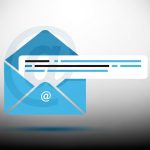
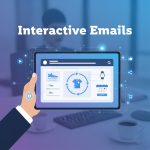
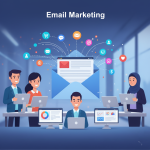
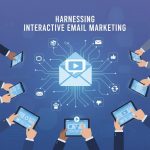
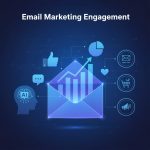
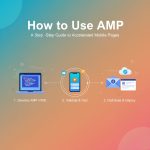




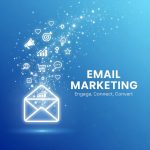
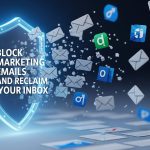
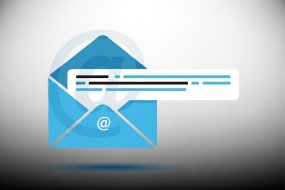
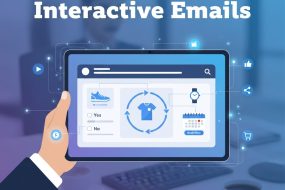
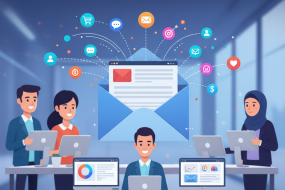
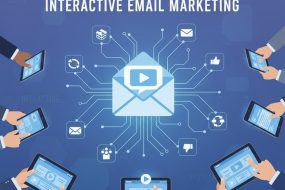
No Comments